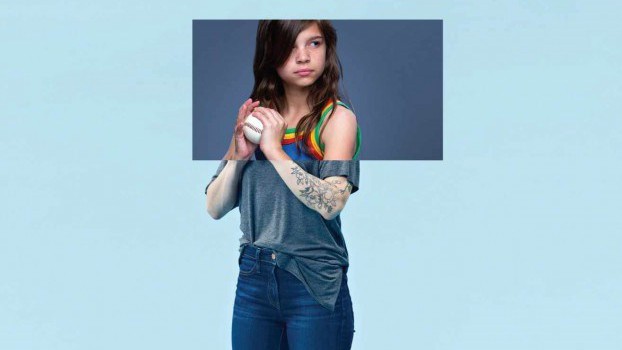Who: The Art Gallery of Ontario, Toronto
What: A new brand identity to coincide with the physical expansion of the building by superstar architect (and former Toronto resident) Frank Gehry. The centrepiece of the identity, the logo, was designed by Toronto- and Chicago-based Bruce Mau Design and unveiled in May. The gallery is expected to open this November after three-plus years of renovations (see marketing story p. 18).
Revolutionary rationale: This AGO of the future is welcoming rather than intimidating, accessible rather than elitist. It is open to new audiences such as youth and reflects the diverse, changing face of Toronto, while maintaining positive attributes such as the permanent collection, blockbuster shows, outreach programs and the popular on-site restaurant.
Design insight: The marketing team’s first step in spring 2005 was consulting stakeholders, from visitors to staff to members. ‘The research shows that the public has a positive, long-standing
relationship with the AGO,’ says designer Bruce Mau. ‘People are looking forward to the spectacular Frank Gehry-designed building, and are expecting innovative ideas. So we learned that the new brand position had to reinforce our established audience relationships while delivering something innovative and exciting.’
The research identified three key brand attributes: excellence of collections, extraordinary visitor welcome (friendly greetings and orientation throughout the gallery, an emphasis on interactivity and the breakdown of barriers such as changing ‘docents’ to ‘gallery guides’) and leaders in interpretation (providing context for artworks, to not only explain art but also surprise visitors and help them relate to the work). ‘The purpose of all three is to connect people with art in ways people had never found before,’ says AGO director of marketing and visitor services Arlene Madell.
Anatomy of a brand identity
We asked Bruce Mau, whose agency has a 20-plus year relationship with the AGO, to dissect his latest graphic identity for the gallery.
Tension is good
We started the design process by mapping the critical tensions – serious vs. curious, intellectual vs. emotional, rigorous vs. inspirational, etc. We think tension is the engine that drives a brand forward. Exploiting critical tension strategically gives an organization unique definition, and a place to go.
From a brand design point of view, the challenge was to figure out how to model the critical tension into the communication system in ways that are legible and function constructively to build the brand impression.
Building public brands
Institutions like the AGO have the extraordinary responsibility to offer citizens, immigrants and visitors alike an experience of a truly Canadian cultural sensibility. It is vital for the AGO to have and to share a point of view. This was important 100 years ago, and it will still be important 100 years hence. This is what fundamentally underlies the AGO brand and how we’ve thought about how it should communicate over the years.
Consistency is key
Another aspect of a public institution brand that is particularly important, though true of all great brands: ‘Everything communicates!’ The building, the galleries, the special exhibitions, the education programs, the catalogues, the marketing, the parties and the shopping bag…these all communicate brand, and ought to be as deliberately designed as the logo.
A contradiction in terms
The logo had to somehow model dynamism and stability simultaneously. We weren’t sure how to do it, so we produced dozens of iterations. We looked at the work of artists like Marcel Duchamp, who studied movement in space and time, and Bradbury Thompson, who experimented with superimposition and displacement of process colour in graphic composition.
Fantastic fonts
Multiplicity is a central theme of the brand position, and led us to thinking about superimposing fonts. We established criteria for selecting eligible fonts, auditioned thousands and narrowed them down to what we referred to as the ‘Fantastic Four.’ Overlaid, these four gave us the best combination of legibility, variation and depth of presence.
Dynamic diversity
Colour was an important first ingredient in the design thinking. Colour signal is so important. It goes straight to the hind-brain, bypassing logic and language. It took a lot of time to get the colours right, from both intuitive and technical perspectives.
A strong heritage
The black square is both a territory and a volume within which the logo effect is projected. The square offers stability and permits the instability of the typographic effect. This is an apt metaphor for the mission of the gallery today. The institution must be a stable presence in a shifting and unstable cultural context. It must be both agile and robust.
Identity lockdown
The greatest challenge was probably keeping the design secret for almost 18 months! It was important for the gallery to launch the new identity just a few months before opening. But a mountain of design applications – including the information systems in the building, which we’re also doing – had to be done over the previous two years to get ready for that moment. Amazingly, the logo didn’t leak, and the launch was a very nice moment.
Jump to:
Panago Pizza: Takeout for foodies
Island Abbey Foods: Innovation is sweet























